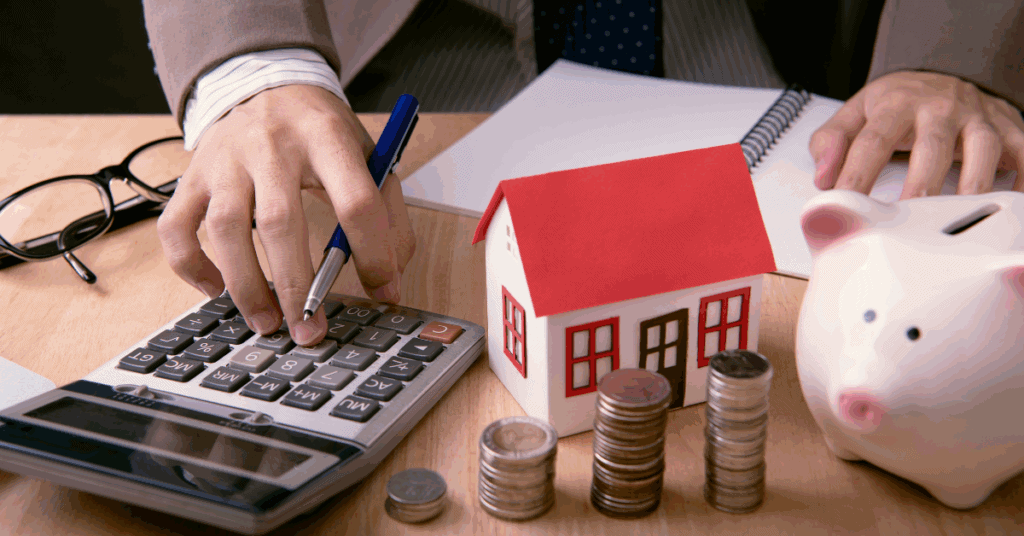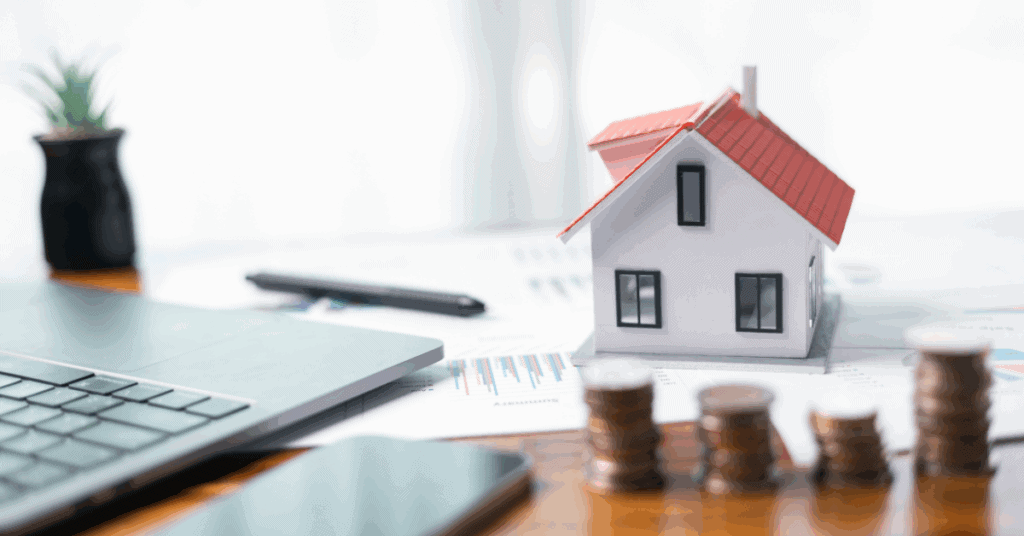Unlock Your Home Equity with Figure
- 100% online application—no in-person appraisal needed
- Pre-qualify in minutes; funding in as few as 5 days
- Borrow up to $400,000 with flexible terms
- Soft credit check—no impact on your score
One of the biggest challenges for new and growing real estate investors is finding the capital to fund deals—especially without selling off their primary residence.
The good news? You may not have to.
By leveraging a HELOC (Home Equity Line of Credit), you can unlock the equity in your home and turn it into investment capital—without refinancing, selling, or triggering capital gains taxes.
This guide explains how to use a HELOC to buy investment property, the pros and cons, and strategies to make the most of your equity.

A Home Equity Line of Credit (HELOC) is a revolving line of credit secured by the equity in your home. Unlike a cash-out refinance, a HELOC doesn’t replace your existing mortgage. Instead, it works like a credit card—with interest-only payments during the draw period and the flexibility to borrow and repay as needed.
Here’s why a HELOC is so attractive for investors:
No need to refinance your home—ideal if you have a low interest rate from previous years.
You retain ownership of your home and keep long-term assets intact while still accessing capital.
Perfect for down payments, rehab costs, or bridge funding for a flip or BRRRR project.
Once repaid, the line becomes available again—perfect for repeat investors.
Use this formula:
(Home Value × Max CLTV) – Current Mortgage = HELOC Limit
Example:
Popular uses for real estate investors include:
Pro Tip: HELOC funds can often be used as “seasoned funds” if seasoned 60–90 days in advance—check with your lender.

Here’s a scalable strategy:
This lets you buy income-producing rentals without selling your home or touching W-2 income.
| Feature | HELOC | Cash-Out Refinance |
| Keeps current mortgage | ✅ Yes | ❌ Replaces mortgage |
| Interest Type | Variable (some fixed) | Fixed or ARM |
| Access to funds | Draw as needed | Lump sum |
| Best for | Flexibility, short-term use | Long-term capital or lower rates |
| Use on rentals | Sometimes available | More limited |
Choose a HELOC when you need flexibility, speed, and reuse potential without disturbing your existing loan.
A HELOC is best used to buy:
Note: Some lenders allow HELOCs on rental properties too—but expect higher rates and lower loan-to-value limits.
Before tapping your equity, keep these in mind:
📌 Investor Tip: Always calculate how long it will take to repay the HELOC based on cash flow or refinance events.
Sarah has $150,000 in equity in her home and opens a HELOC for $120,000.
She uses:
Each property cash flows $600–800/month. After 12 months, she refinances 2 of them with higher appraised values, repays the HELOC, and reuses the funds for her next round of acquisitions.
Result: Scaled from 1 to 3 properties in a year—without selling her home or using personal savings.
Using a HELOC to buy investment property is one of the most powerful wealth-building tools available to homeowners and investors.
It allows you to unlock equity without selling, access capital quickly, and grow your portfolio with speed and flexibility. When paired with DSCR loans, it becomes a repeatable, scalable strategy—especially for self-employed investors or those just getting started.

Our advise is based on experience in the mortgage industry and we are dedicated to helping you achieve your goal of owning a home. We may receive compensation from partner banks when you view mortgage rates listed on our website.


